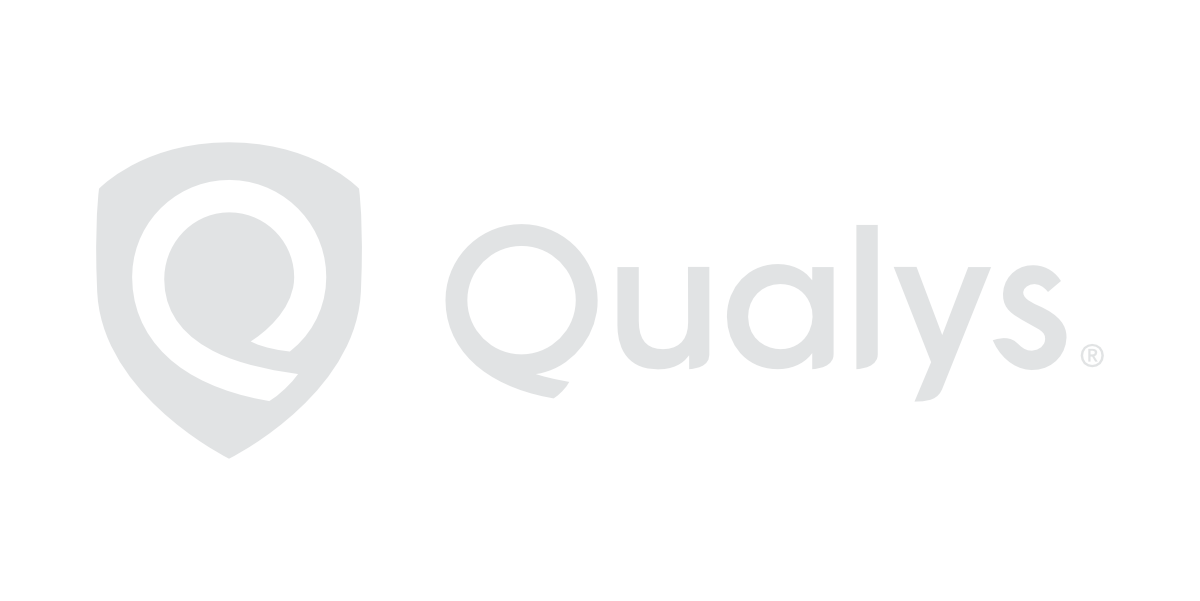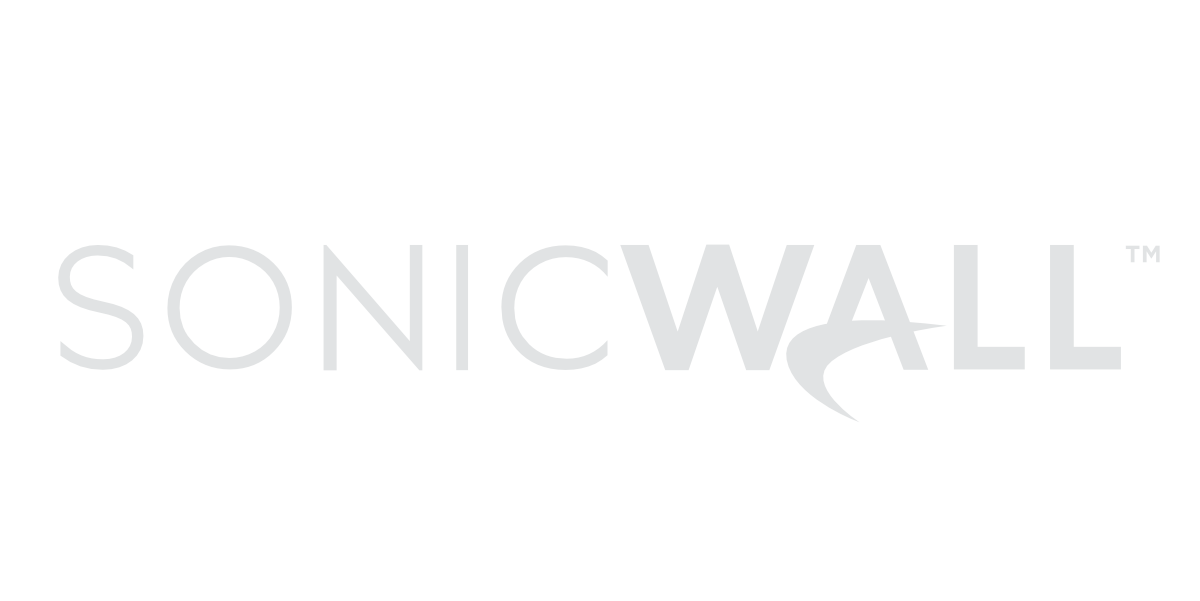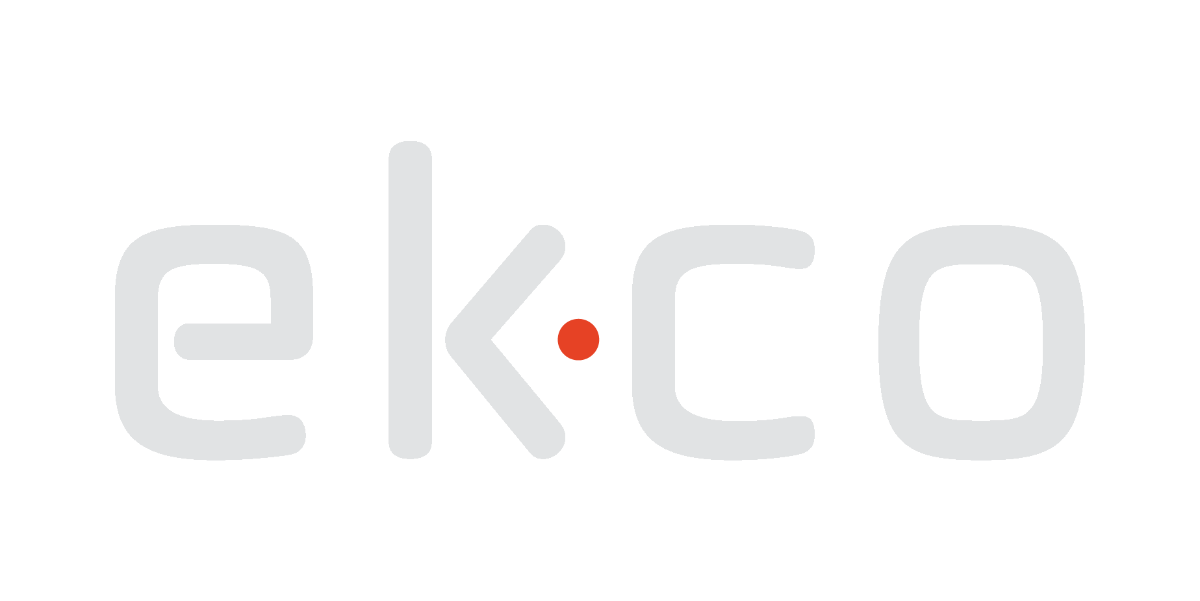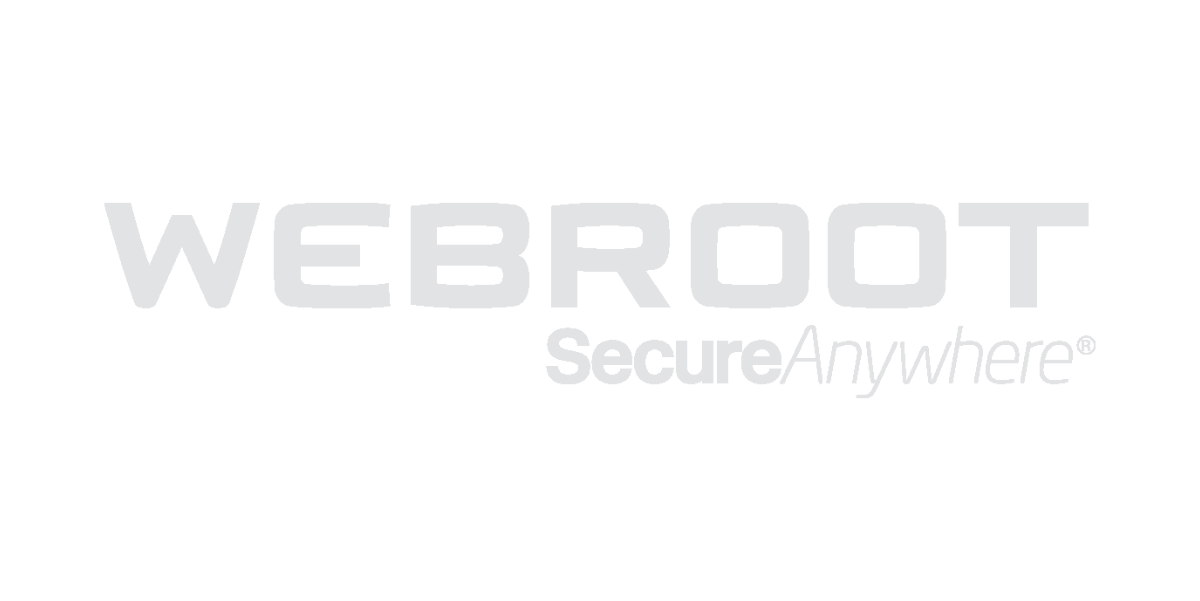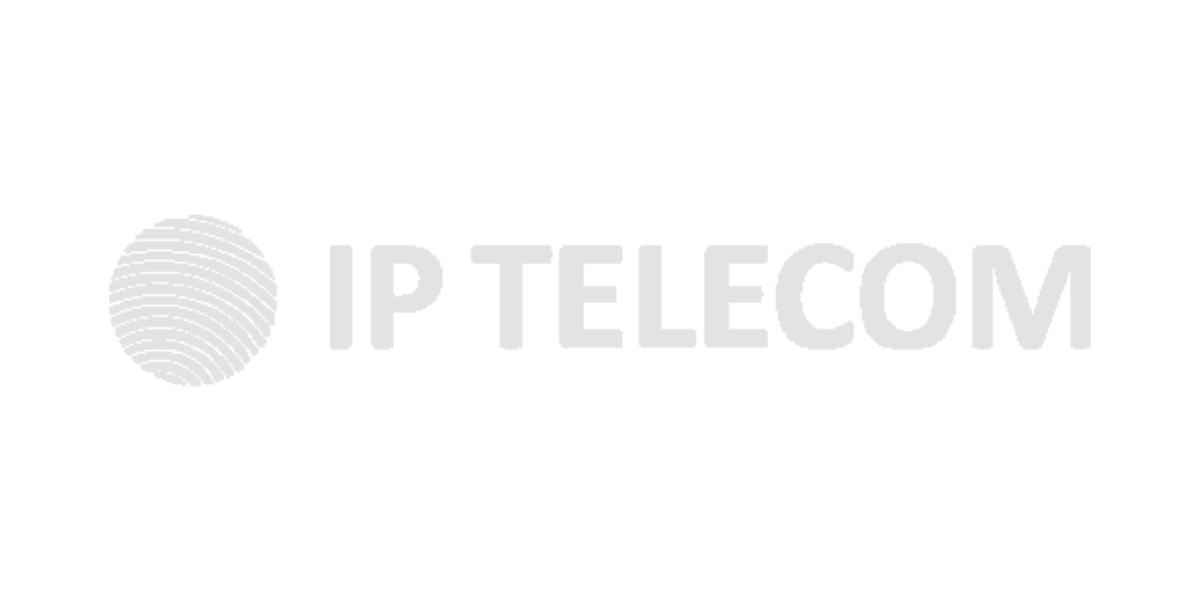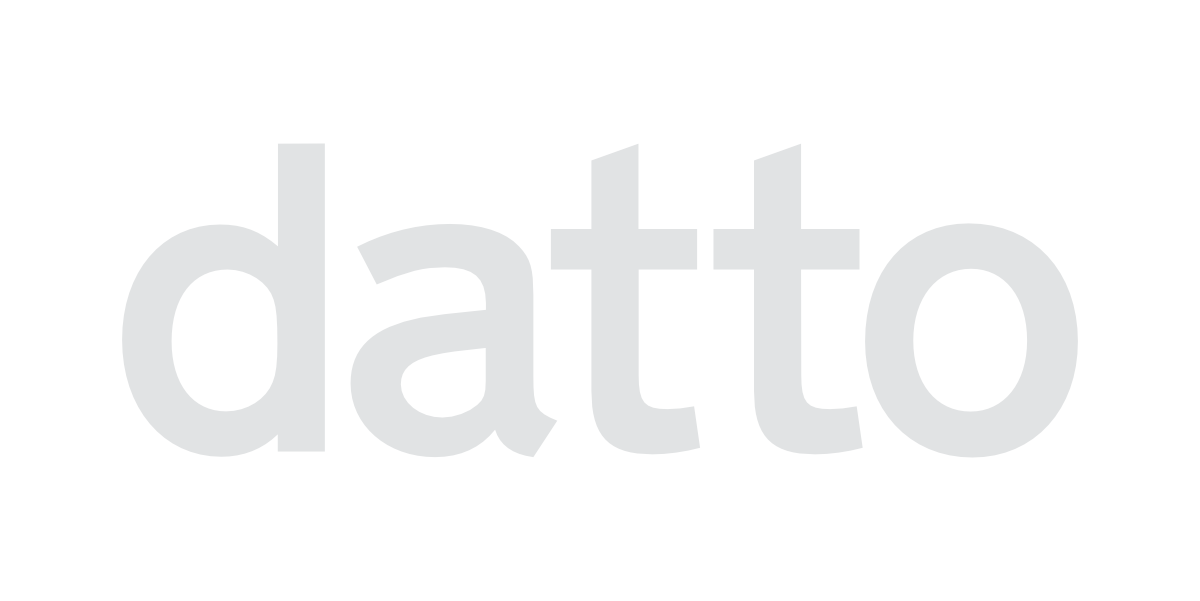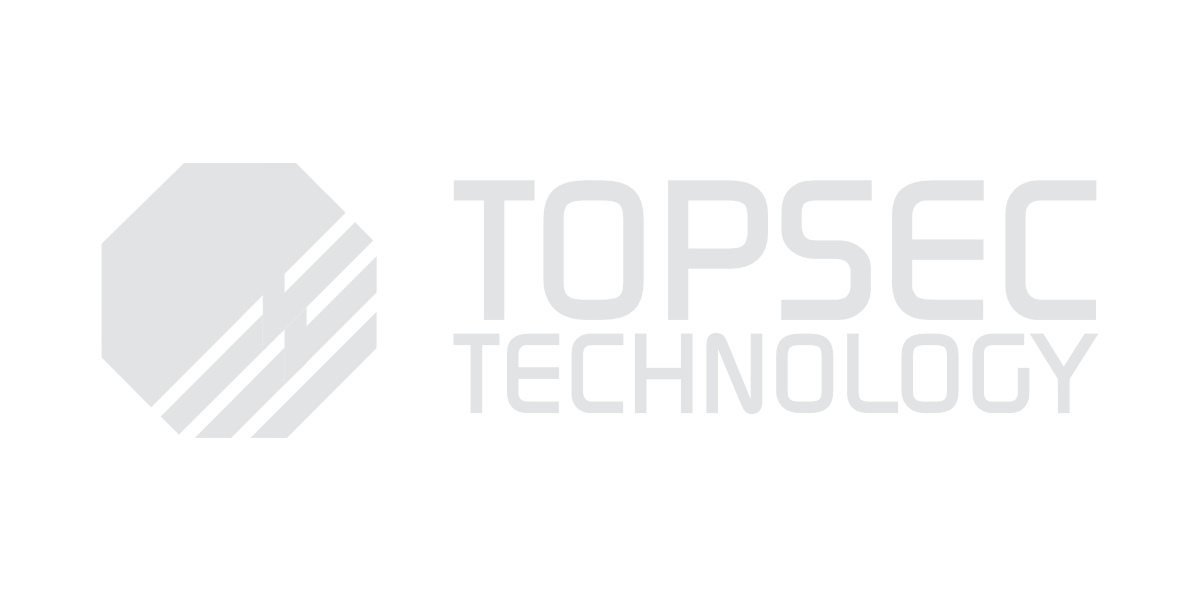In this series of articles, we are going to follow the journey of a SharePoint implementation with The Irish Deaf Society to show organisations in real-life format how to approach a SharePoint Project. We will initially do a business case for SharePoint, then take you through the actual steps involved through the words of our SharePoint project team and our client, The Irish Deaf Society. Our goal is that these articles will help inform organisations about best practice around SharePoint and dispel some of the myths that might be holding them back from taking steps towards implementation.
‘If your organisation struggles to manage large volumes of data in a variety of formats or if your team wants to collaborate from different locations, then there is a strong business case for SharePoint, especially if you are already on the Microsoft Platform, which is secure and very robust.’Joe McGivern, supportIT CEO
How to store and share information
With SharePoint, staff can easily create and share documents, information and projects from a single location. Special features such as alerts make it easy for employees to easily get the important information they need. Users can have access to business data from other systems on the Microsoft platform and create personalised dashboards for maximum usability. And users won’t have the same version control issues that are prevalent when storing files on a server; you can maintain a single document and allow multiple users to continuously update it, all with a record of the changes and the ability to revert back to an earlier version if needed.
Business collaboration made easy
This simplified access to business information enables collaboration and keeps everyone in the loop. An additional free tool with the SharePoint suite, is Teams.
Teams is a messaging tool that allows text communications between users, whether they’re in the same office or working remotely. SharePoint online documents can be accessed and edited without leaving the Teams application. You can create a new Team in minutes, tailoring it with specific features to help make teamwork as efficient as possible while still encouraging creativity and innovation. Teams can work closely on a project without issues such as lack of program consistency across systems or blocked access to certain information. With Teams, you can build the collaboration setup that’s right for your situation
What About IT Security?
Security should always be a key consideration with any proposed IT infrastructure project. Poor communication security can compromise the integrity and reputation of your company. With SharePoint, your organisation has the ability to set access rights and permissions to ensure security best practices. You can also monitor user behaviour to help ensure compliance with any internal policies. And using one integrated platform for Email, Collaboration and File-Sharing reduces your vulnerability to holes, leaks, and attacks.
‘I regularly get asked about the security of Cloud Services like SharePoint online and my advice to people is that you can pretty much guarantee that Microsoft’s data centres have better firewalls and greater general protection than the servers in the basement of your building.’ Joe McGivern, supportIT, CEO.
How expensive are Cloud solutions
For many organisations, the big advantage of any cloud-based solution is that it reduces the need for you to host and maintain a server in-house. With not-for-profit organisations, there is the undisputed advantage that SharePoint licensing is free as part of the Microsoft programme once an agreement is in place with EncludeIT. Implementations are priced using a daily project rate and can vary from 1 day right up to 10 days depending on the size of your organisation.
Internal training for new IT services
Before your organisation embarks on SharePoint project a discussion needs to happen internally about what SharePoint is and how it works. Its benefits and features should be highlighted as well as the fact that it is a new method of workflow management and collaboration that users may not be used to. Training is essential to achieve the best results. In the next article, we will look at how the Irish Deaf Society approached this process internally before they started the implementation of SharePoint.
We now talk to John Sherwin, Irish Deaf Society CEO, and Gavin Tinnelly, supportIT Cloud Services engineer, about how they built the requirements for the project.
John (IDS), can you describe in your words the high-level requirements of the SharePoint instance?
About The Irish Deaf Society and their IT requirements
The Irish Deaf Society (IDS) provides several advocacy services to the deaf community including personal advocacy and public policy development and coordination. The IDS Further Education and Training Department (FET) provides courses to deaf adults and also Irish Sign Language lasses to the hearing community.
These services are complex and the teams that deliver them manage sensitive personal data and confidential materials. The majority of our work is office-based and, with a large team, the management of our daily and weekly work requires software tools in order to manage our time and communications effectively. In addition, we generate large amounts of files that need to be stored in a reliable environment that is backed up and accessible at all times.
How did IDS approach the Sharepoint Project?
Our stakeholders, in terms of the SharePoint project, were staff at all levels and the board of management. Like many other office environments, we were already using Microsoft products. In the main, these were the standard Office Suite of desktop products including Outlook (inc Calendar) and usual applications, Word, Excel and Powerpoint.
At a very basic level, our normal business does not demand any other more specialised software at the moment. Having identified a need for task management we had already started to use Microsoft Teams (and Planner to a lesser extent). In addition, we were already using Office 365 to manage our email users and groups. At the time we had a physical server but most staff were storing quite a lot of files including day to day work on their workstations. Microsoft solutions addressed our problems in a very clear way, building on the experience that staff already had and the solutions they were comfortable with.
How supportIT delivered on IDS’s requirements
With SharePoint projects, there is often an education piece at the start of the requirements session about how SharePoint works, this must be understood by key stakeholders before we embark on a project. However, when we met with John and his team they have already had a strong idea about how SharePoint could work for them. They were familiar with the product and other applications in the Microsoft suite so from that point of view moving everything into SharePoint for the team to share and collaborate wasn’t a big discussion. Licensing also wasn’t an issue because not-for-profit organisations can avail of free SharePoint licensing.
We did however discuss folder and file structure in great detail because this informs the design of the site. We looked at what files and folders from their existing server set-up they should bring over to SharePoint and what permissions were required for the new site. We also agreed on timelines for the project; a SharePoint project typically takes 4 to 6 weeks from initial discussion to go-live date so we wanted to make sure the project deliverables met Irish Deaf’s expectations. We also agreed to roles and responsibilities in terms of project sign-off, design, implementation, training and ongoing support. From that meeting, we created a file and folder structure document for sign-off by John and his team so we could begin work on the SharePoint instance.
Find out how we can support your business, email us at enquire@supportIT.ie or learn more information about Cloud Solutions.
Let's talk...
Find out how we can support your business, email us at enquire@supportIT.ie or Low-Call 1800 887 818.
